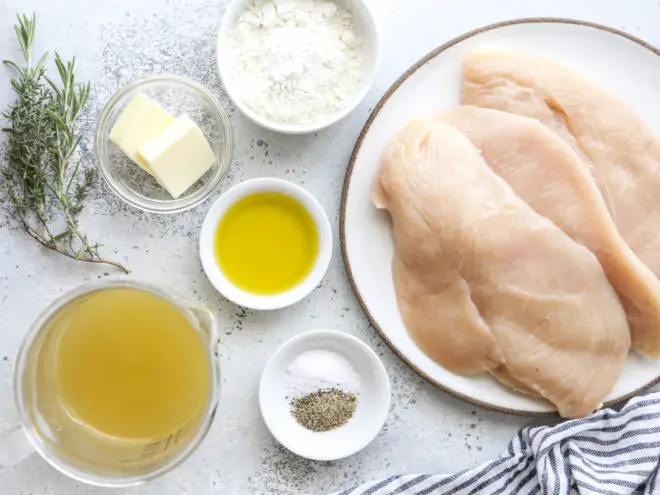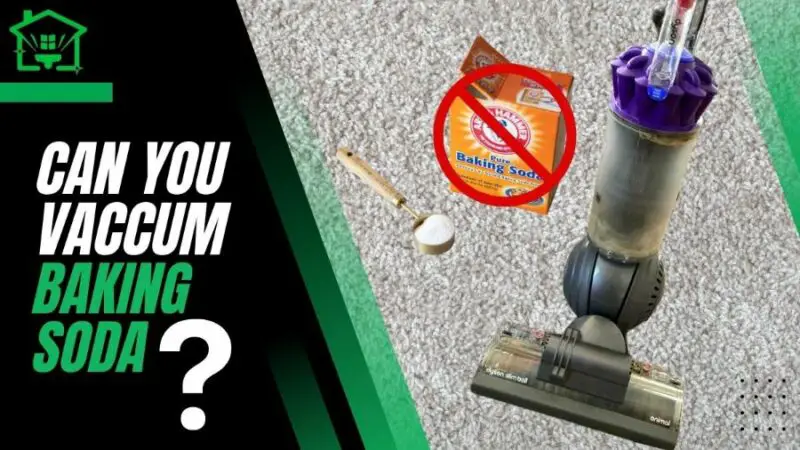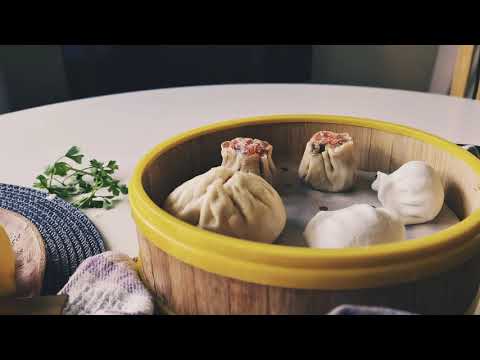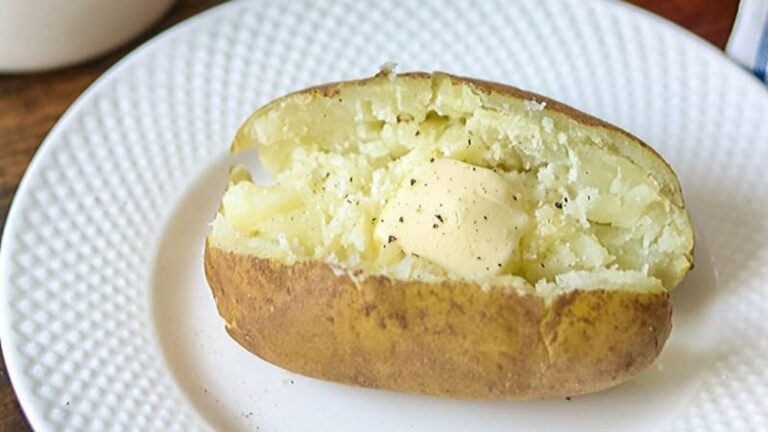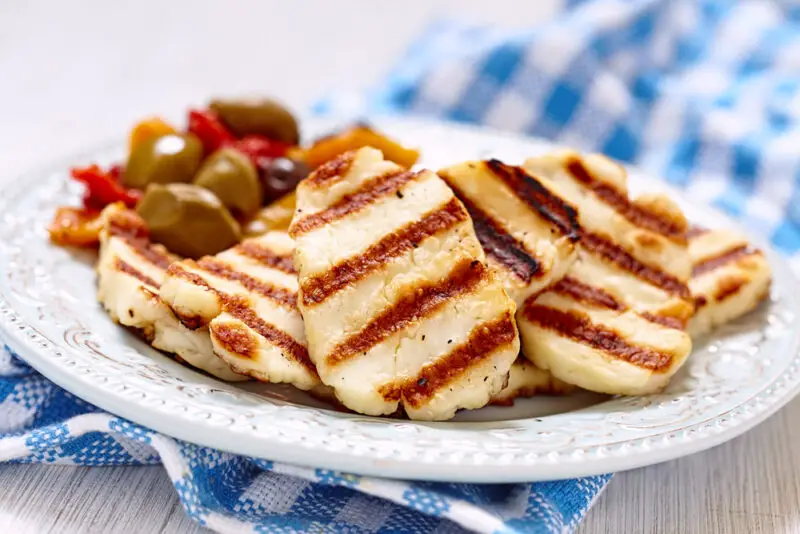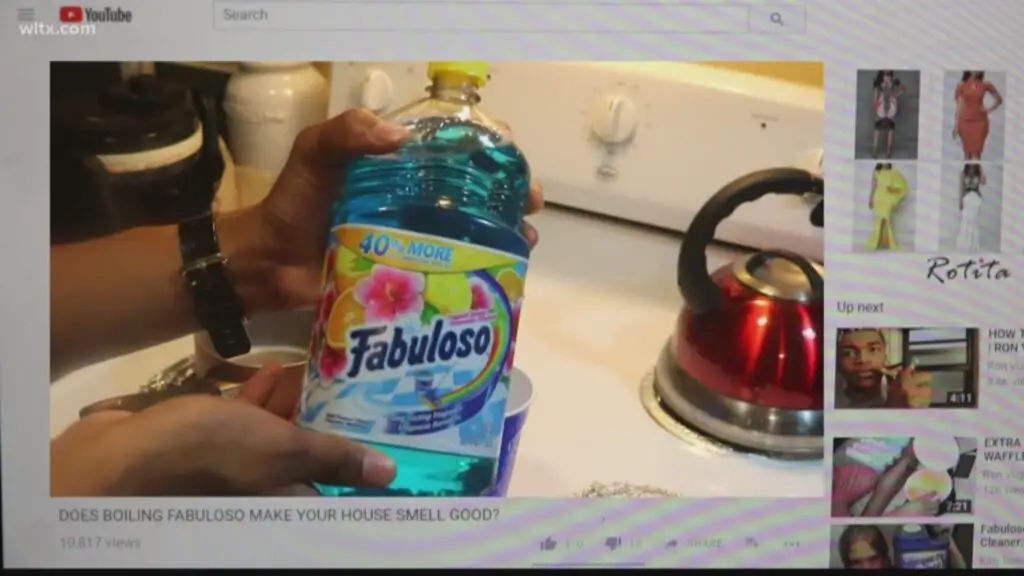Cooking chicken is a popular meal choice for many. It’s versatile, easy to prepare and it makes for a great source of protein. There are several ways to cook chicken, including roasting, grilling, boiling, and pan-frying. Regardless of the cooking method you choose, adding oil as a cooking medium is often necessary. But why do people use oil? And can you use butter instead? Let’s find out.
Introduction
At its core, cooking involves using heat to transform raw ingredients into flavorful meals. Heat helps break down food molecules, making them easier to digest and enhancing their taste. However, high temperatures also accelerate the oxidation of fats in food which can lead to rancidity and produce toxic compounds called free radicals.
To prevent these unwanted effects from occurring while cooking, most people use some form of oil as a cooking medium. Not only does it prevent burning but oil also adds flavor and texture to the cooked food.
But is oil the only option for cooking chicken? Can we substitute it with butter?
Is it safe to use butter to cook chicken?
All fats have a smoking point that corresponds with its temperature stability under high heat (typically measured in degrees Fahrenheit). The smoking point is defined as the temperature where volatile compounds start evaporating rapidly producing smoke or even dangerous fumes.
Generally speaking, saturated fats like butter have lower smoking points when compared to unsaturated oils like olive or sunflower oil. For instance, an average stick of unsalted butter has a smoking point of 350°F (1).
As such, using butter as your primary cooking fat at high temperatures may result in smoke formation which leads not only to bad smell but may also cause decremental effects on health.
The Effects Of Smoking Point On Food
When exposed to heat above their smoking point, oils and fats can break down and produce off-tasting flavors such as burnt or rancid. Such compounds may pose health hazards, including the production of free radicals, which cause cellular damage and oxidative stress.
This means that cooking chicken with butter might not be the best idea, especially if you are serving it to others.
Comparison between butter and oil
If you were to compare butter and oil in terms of nutritional value, oils tend to be more favorable choices for cooking due to their higher amounts of good fat content – often referred to as unsaturated fats.
One tablespoon of olive oil, for example, contains about 14 grams of total fat while the same amount of butter contains only 11 grams (2). However, this does not mean that butter is unhealthy but given its different composition when it comes to fatty acids it should be consumed moderation.
How does cooking chicken with butter affect its flavor and texture?
Despite the concerns mentioned earlier regarding smoking point and safety when using butter for high heat cooking it gives chicken a distinct taste over some other oils. When heated up in a pan until melted then adding sliced garlic,onion etc before adding your preferred meat (chicken inclusive) is an efficient way to add flavourings to both your food & also sauces (if you intend making one).
Another consideration is how the texture changes when frying chicken with butter versus using oil. Butter tends to add richness & aid browning from Maillard Reactiosn giving meats a crispy finish when frying allowing them retain moisture making for juicier meat since unlike oil which evaporates almost immediately upon contact with heat thus drying out food.
However, I’d advise caution when using this method especially if you need high temperatures as lower smoking points will result in increased smoke production accompanied by high caloric intake so it’s better to adjust the temperature and use a different cooking medium when frying meat at high temperatures.
##Tips for cooking chicken with butter
If you decide to go ahead and cook chicken with butter, here are some tips that you should keep in mind:
- Melt the butter over low heat- ensure that your pan isn’t too hot so as not to burn your butter
- Season your chicken appropriately before adding it into the pan: seasoning helps ensure you get well-seasoned delicious tasting meats.
- Keep basting with melted butter – this will help add richness & retain flavors ensuring that each bite has enough flavour.
Classic recipes that use butter as the primary cooking fat for chicken
Butter is often a key ingredient in many classic recipes. Here are two popular ones:
Chicken Piccata
Chicken piccata is an Italian-American recipe, and one of the key ingredients includes flattened boneless chicken breasts which have been used in sauces. It’s cooked in a lemony-butter sauce giving both tanginess from the sauce & richness from melting butter more balance.
Recipe breakdown
Ingredients
- 2 large boneless chicken breasts, pounded thin down into cutlets
- Salt and freshly ground black pepper
- All-purpose flour (for dredging)
- 3 tbsp of unsalted butter-(one tablespoon used per batch)
- 1/2 cup of white wine or dry vermouth
- 1/4 cup fresh lemon juice – roughly about 2 lemons’ worth
- 2 tablespoons capers drained of brine fluid
- Chopped fresh parsley leaves
Directions
- Pound the chicken cutlets until they are half an inch thick; season both sides mixture of salt & pepper. Preheat sauté pan.
- Dredge each piece of cutlet inside flour, shake away excessing flour before slowly putting them one after the other into your pan. Fry until its lightly browned underneath for about 2-3 mins.
- Flip the chicken to fry other side, continuously adding a tablespoon of butter to frying pan as each side cooks within not more than 5 minutes total cooking time.
- Transfer fried chicken cutlets to a plate and keep them few inches from heat source.
- Deglaze frying pan with white wine or vermouth sauce & lemon juice, mix everything together ensuring all flavourful bits combine with liquid in order to create intense flavors that will accompany the meat; add capers then remaining butter and let it melt completely allowing mixture simmer for several minutes; season your sauce if required after which you transfer chicken cutlets back into your pan & pour generous quantities of sauce over.
- Add chopped parsley as desired before serving up dish.
Nutritional Information:
| Calories | Fat (grams) | Protein (grams) |
|---|---|---|
| 406 | 18 | 45 |
Butter Chicken Curry
Butter chicken curry is an Indian cuisine known for its rich, creamy taste resulting particularly due its high fat content and once again blissfully incorporates melted butter in the recipe producing rich flavours and creamy texture to both the sauce and meat alike.
Recipe breakdown
Ingredients
- Skinless, bone-in chicken pieces – roughly about 1kg in weight
- Salt and freshly-cracked regular black pepper
- Oil: Coconut or vegetable oil
- Diced onion- half just enough for base layering with garlic ingredient
- Minced Garlic – one tablespoon
- Minced ginger -one tablespoon
(for spice lovers)can increase this depending on their tastes - Ground cinnamon-two teaspoonsful/(or one cinnamon stick)
- Ground turmeric-one teaspoonful Mild chili powder-three-quarters of a teaspoonful/Garam Masala powder(one tablespoonful) Ground coriander-two teaspoonfuls Crushed tomatoes or tomato puree– one cup required Ghee or unsalted butter-six tablespoons Cream – 1/2 cup (Plus, a lime and cilantro/coriander for garnish)
Directions
- Season chicken pieces with salt & black pepper to taste;leave pan on high heat & coat with oil about two tablespoons per batch.
- Sear chicken till flesh is golden brown for about four minutes then remove chicken pieces from the pan temporarily.
- Reduce heat of pan so onions don’t overcook while adding minced garlic, crushed ginger and saute mixture till fragrant, excluding Cinnamon stick if using powder.
- Add seasonings: turmeric, chili powder,garam masala/cinnamon stick,coriander into the fried onion/garlic ensuring they are properly stirred in as they cook (about two minutes cook time).
- Pour blended tomatoes or fresh puree into frying pan cooking mixture until it thickens even further before stirring in six tablespoons of ghee/butter for richness.
- Return the fried boneless chicken to sauce ensuring both sauce & meat are thoroughly tossed together & kept on lower heat till sauce is heated completely.
- Finally add cream into your frying pan once its got a good heat feel free to adjust seasoning if necessary or add few juice squeezed out from a halved lime but avoid excessive acid lest you ruin the outcome of your dish.Then serve meal up hotm adding cabbage rice if desired and garnishing with chopped coriander leaves.
Nutritional Information:
| Calories | Fat (grams) | Protein (grams) |
|---|---|---|
| 531 | 41 | 30 |
Other alternative fats to consider when cooking chicken
If you’re looking for alternatives to butter/oil that can be used for cooking chicken, here are three options worth considering:
Olive Oil
Olive oil is not just healthier but more stable than butter in high-temperature frying. It contains high levels of monounsaturated fats which don’t break down as easily under heat as saturated animal fats do & contain essential vitamin E which functions to prevent damage caused by free radicals.
Always use extra-virgin olive oil when cooking as it contains more nutrients and antioxidants than refined olive oils which undergo further processing In addition to numerous health benefits, it’s also a great base for marinades because of its rich flavor.
Smoking point and applications
Extra-virgin olive oil has a smoking point of around 350°F(3) which makes it an ideal choice for most cooking methods such as sauteing, pan-frying, and roasting chicken without producing smoke.
Recipe breakdowns
Here are some chicken recipes you can prepare using olive oil:
Roasted Garlic Olive Oil Chicken With Vegetables
- Cube potatoes into medium-sized chunks and cut broccoli florets or desired vegetables into bite-sized pieces; set them aside.
- Add 6 skinless boneless thighs in the baking dish seasoning with salt, onion powder along with black pepper to taste. 3.Drizzle 1/4 Cup olive oil over them taking special care all parts of the chicken are sufficiently coated then add two tablespoons minced garlic ensuring they are spread moderately about the baking dish along with prepped vegetables evenly distributed (can even layer if wanted).
- Bake chicken at approximately 450°F temperature until golden brown & cooked thoroughly (about 25 minutes) 5.Remove from oven let rest for some minutes(penumbra) before serving your deliciously roasted meal!
Grilled Citrus Herb Chicken
- Season chicken thighs with salt to taste, black pepper and about half a tablespoon of paprika for prepping 2.Run through the marination stage by setting aside seasoned chicken in 4 tablespoonful of olive oil along with squeezed orange juice& half a lemon. Allow the flavors to immerse themselves into each other’s meat for some hours to overnight. 3.Grill chicken, ensuring both sides are properly cooked (about 5-7 minutes per side), brushing occasionally with more oil on each side as desired if needed until meal has brown and crisp texture. 4.Transfer from grill onto a big platter & garnish chickenwithchopped herbs-Rosemary or oregano or any other herb of your choice
Nutritional Information:
| Calories | Fat (grams) | Protein (grams) |
|---|---|---|
| 347 | 19 | 27 |
Conclusion
In conclusion, whether you want to opt for butter or other alternatives when cooking your chicken is underlined by individual personalization meaning what works for one may not apply as well to another. While butter does add rich flavor and moisture while cooking, it comes at the risk of producing unwanted smoke which causes lung diseases if abused over time. Despite all these risks however, there are still safe ways of using it.
If you prefer something else other than butter, use olive oil since they have higher smoking points so it’s less likely that you’ll encounter rancidity or burn food from making mistakes in temperature control! At the end regardless of what option is chosen be mindful always striving towards healthily prepared foods mixed with balance proper nutrient intake to eventually cook up deliciously nutritious meals.
Q&A
- Q: Is it safe to cook chicken with butter? A: Yes, cooking chicken with butter is safe as long as the butter is not burned or overheated. Butter has a lower smoking point than oil, so it’s important to keep an eye on the temperature while cooking.
- Q: Does chicken cooked in butter taste better than chicken cooked in oil? A: Whether chicken cooked in butter tastes better than chicken cooked in oil is subjective and depends on personal preference. Butter imparts a rich, creamy flavor to the chicken, while oil tends to be more neutral.
- Q: Can I use salted butter to cook chicken? A: While you can use salted butter to cook chicken, it’s generally recommended to use unsalted butter since it gives you more control over the flavor of the dish. Salted butter can add extra sodium to the dish which may make it too salty.
- Q: Is cooking chicken with clarified butter better than regular butter? A: Cooking chicken with clarified butter (also known as ghee) can be beneficial because it has a higher smoking point than regular butter and is less likely to burn. Clarified butter also has a nutty, caramel-like flavor that can enhance the taste of your cooked chicken.
